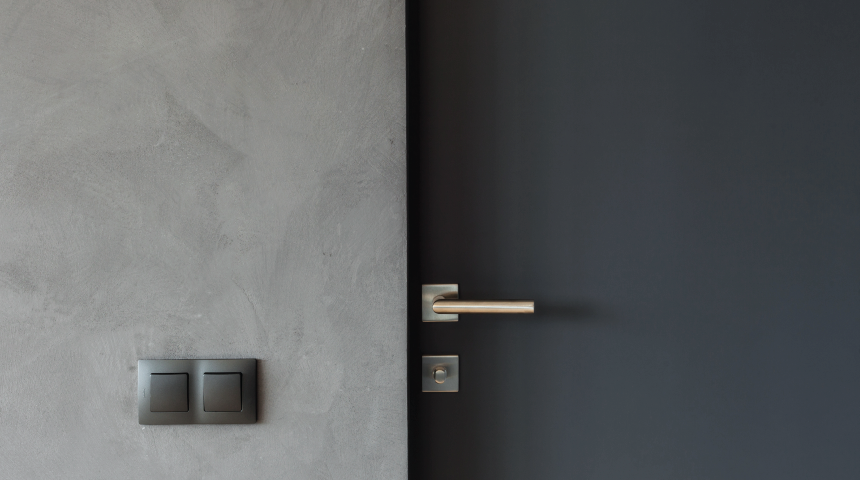
INNOVATIVE TECHNOLOGIES IN MOTORIZED WINDOW TREATMENTS FOR SMART BUILDINGS
Chances are your property has a smart thermostat. Maybe smart door locks, smart appliances, smart lighting, smart plugs, cameras, alarms and more. They are all part of the increasingly popular smart building, which is designed to operate with greater automation to streamline energy efficiency and comfort by accessing data and learning from it.
Another key feature that can help make up a smart building that you may not have thought of is motorized window treatments. Such window treatments are raised and lowered via an electric motor (rather than manually) and typically controlled via a remote or mobile app.
In this post, we’ll discuss some of the key benefits of motorized window treatments, how they can help with any “smart building” initiatives and more. Read on to learn more about the value of motorized window treatments or contact us today for more information.
Key Benefits of Motorized Window Treatments
Motorized window treatments offer many benefits. Some of the top benefits include:
CONVENIENCE
One of the biggest benefits of motorized window treatments is their convenience. Rather than walking over to your roller shades or blinds and pulling a chain, you can raise and lower them with the push of a button. Additionally, many motorized window treatments can be programmed to raise and lower at certain parts of the day to maximize daylight, conserve energy and enhance security.
ENERGY SAVINGS
Windows are one of the key areas of a property where heat escapes during the winter and enters during the summer. Motorized window treatments help control the amount of sunlight that’s allowed during the summer months at certain times of the day and can also act as an insulation barrier during the winter months to prevent heat from escaping. When used correctly, they can allow properties to conserve electricity from lighting and reduce heating and cooling costs.
Look for the R-value of the blinds you’re considering to determine their insulating properties. The higher the R-value, the more energy you can expect to save. Roller shades and honeycomb blinds tend to have high R-values.
SAFETY
There’s also a significant safety aspect to motorized window treatments that shouldn’t be overlooked. Motorized blinds don’t have cords, which represents a benefit for properties that frequently have young children in them. Corded blinds can represent a choking hazard. According to data from the Consumer Product Safety Commission, it’s estimated that one child dies each month from window cord strangulation.
SECURITY
Finally, there’s a security aspect to motorized window treatments. Motorized blinds allow users to control the schedule of when they’re raised and lowered, so they can be programmed accordingly to ensure the privacy and security of your property. For instance, the blinds can be programmed so they’re raised during the daytime hours to allow in natural daylight but lowered at night for security purposes.
Motorized Blinds and Smart Building Integration
Earlier in this piece, we ticked off some of the smart products and appliances that you might already have in your building footprint. What’s nice about adding motorized blinds is that this feature is easy to integrate into your system. For instance, the system can be programmed to:
* Lower the blinds to optimize privacy and security when a security system is activated or when smart light bulbs detect nighttime hours. Pairing motorized blinds with smart lighting can also help conserve energy usage.
* Raise blinds during daytime hours to allow in natural daylight and to heat spaces. Daylight in particular has trickle-down benefits, such as improved mood and sleep patterns, reduced eye strain, a boost in Vitamin D production and more.
* Integrate with smart thermostats to raise and lower blinds according to the time of day and season to conserve HVAC usage.
For more information on motorized window treatments and how they can help create a smarter building, contact us at contactus@signalsdefense.com
Related Blog Articles

RF/STC High Security Specialty Doors
Enhancing Privacy and Acoustic Performance in Commercial and Government...

RF/IR Window Films – Security and Comfort
Enhancing Security and Comfort: The Dual Benefits of Signals Defense...
